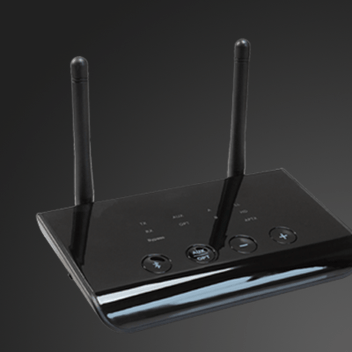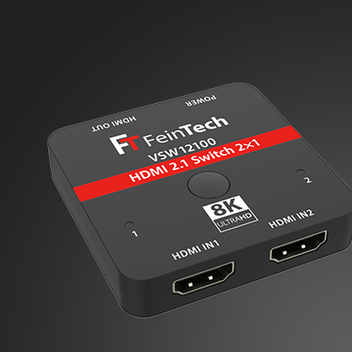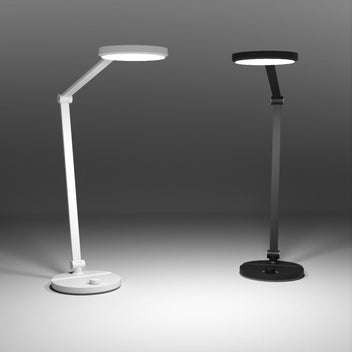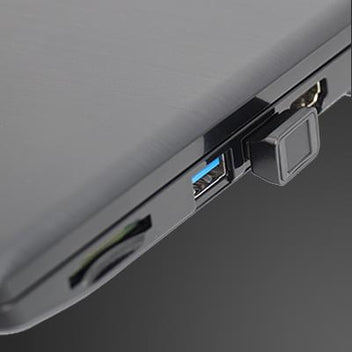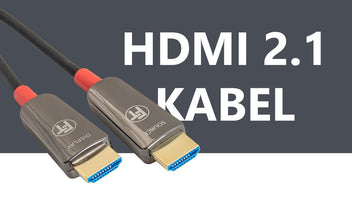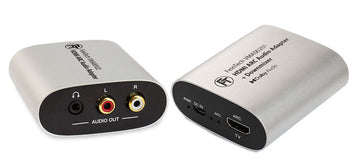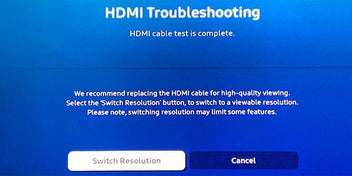HDMI modulator DVB-C / DVB-T for your own cable TV
The HDMI modulator DVB-C / DVB-T is used to feed audio-video signals into a coaxial cable network via the HDMI connection. In this way, you can create your own TV channel that can be received like a TV program on most modern televisions. And that in full HD picture quality and with digital sound (depending on the signal source)! You can use the same cable for distribution that is used to distribute satellite signals, DVB-T or cable television. The output channel and the program name can be freely selected.

In this way, you can make signals from surveillance cameras, media players, satellite receivers or computers available over long distances and for an unlimited number of televisions. The HDMI signal is HF modulated by the VHQ0010 and can be adjusted in detail. You can choose whether the output is in DVB-C and DVB-T. Professional settings for NIDs, SID, PIDs etc. can also be made. A signal input is available for smuggling into the cable network. If necessary, you can operate additional VHQ00100 and feed in several channels.
Technical data HDMI Modulator DVB-C / DVB-T FeinTech VHQ00100:
| signal input | HDMI |
| Input signal video | 480i, 576i, 576p, 720p, 1080i, 1080p |
| Input signal audio | MPEG 1 Layer II, stereo & AAC |
| output signal | 100-950MHz |
| output level | 70 – 100 dBμV (adjustable) |
| modulation | DVB-C: QAM16|QAM32|QAM64|QAM128|QAM256
DVB-T: QPSK|QAM16|QAM64 |
| Supported bit rate | 1 – 19 Mbps |
| MER (modulation error rate) | typically 35 dB |
| power supply | 12VDC 1A |
| power consumption | 9.2 w |
| Dimensions | 128x77x28mm |
Notes on operation: If you feed in signals from a cable network operator or DVB-T at the same time, please ensure that the settings do not contradict each other. In particular, choose a free output channel! You can usually find the channel assignment on the Internet, eg here for Vodafone .
If you test the modulator directly on a television set, please lower the output level by 30 dB. Otherwise the receiver overrides.
If you loop through a signal at the F socket, ensure that the signal levels are approximately the same. If the input signal is very strong, the signal quality at the output may drop. If the looped-through signal is very weak, its signal quality can also be reduced.




